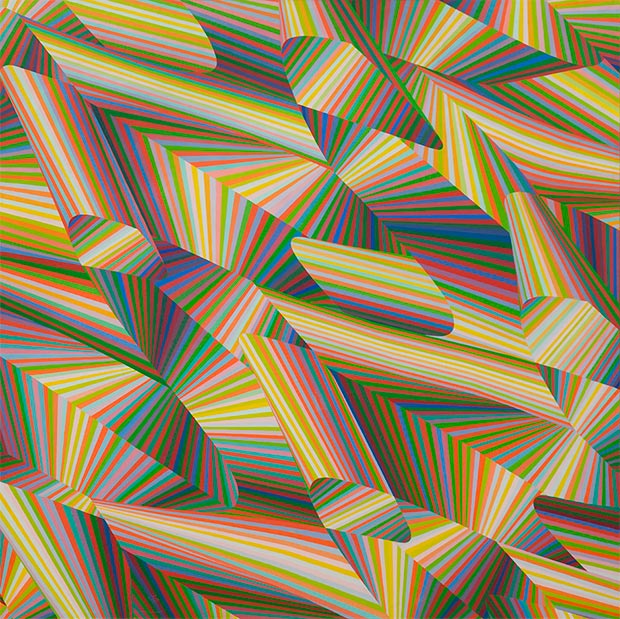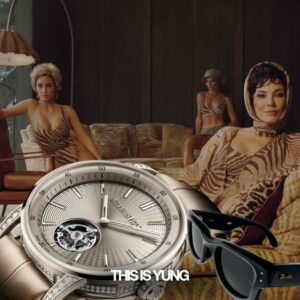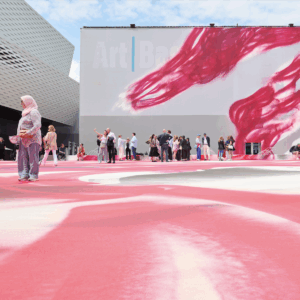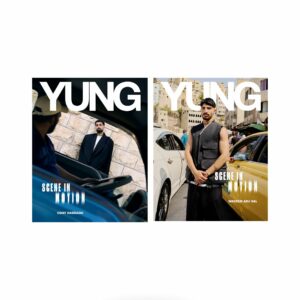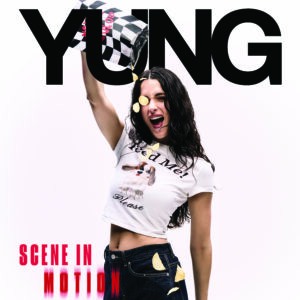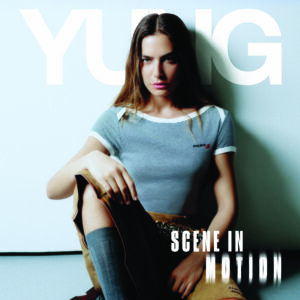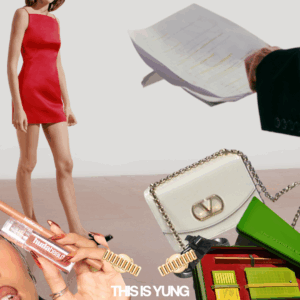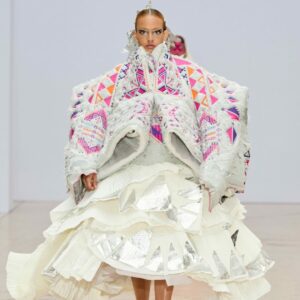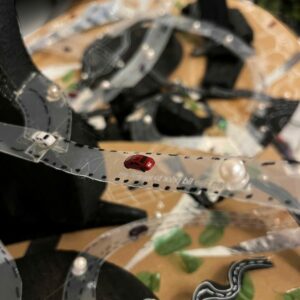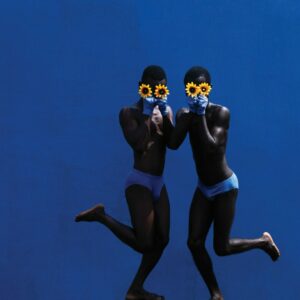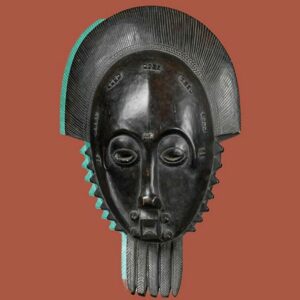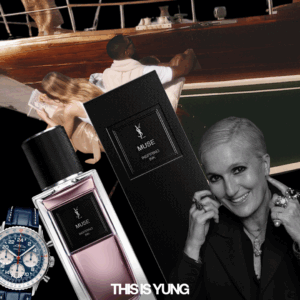Move over, calligraphy. The new wave of Arab art is being shaped by a powerful force: women. While the rich artistic heritage of the Arab world has always existed, a seismic shift is happening in galleries and museums across the region. Gone are the days of Western interpretations of the East being the only thing on show. Female artists are taking centre stage, using their unique perspectives to challenge stereotypes and redefine what it means to be Arab today.
This isn’t just a quiet murmur in the art world, either. As a recent article on Christie’s website points out, the rise of female artists in the Middle East is a full-blown phenomenon. Their works are commanding record prices, major institutions are clamouring for their pieces, and their voices are being heard with a newfound intensity.
But what exactly is driving this exciting trend? There are multiple factors. For one, social change throughout the region is creating a more open and inclusive environment for women to express themselves creatively. Additionally, these artists are not shying away from tackling complex issues – identity, social justice, and the female experience – through their art. This is resonating deeply with a global audience through their shear force of authenticity and new narratives.
Who are the leading names in this movement? The list is long, but a few standouts include:
Simone Fattal (Lebanese) (Instagram): A sculptor known for her archetypal figures, Fattal’s work reflects a multicultural heritage, drawing inspiration from ancient Egypt, Greco-Roman lore, and Sufi mysticism. Born in Damascus and raised in Lebanon, Fattal’s artistic journey began with studies in philosophy before she turned to visual arts. Her sculptures, often crafted from kneaded clay, evoke a sense of timelessness and explore universal themes that transcend cultures. Fattal is a leading figure in contemporary Arab art.
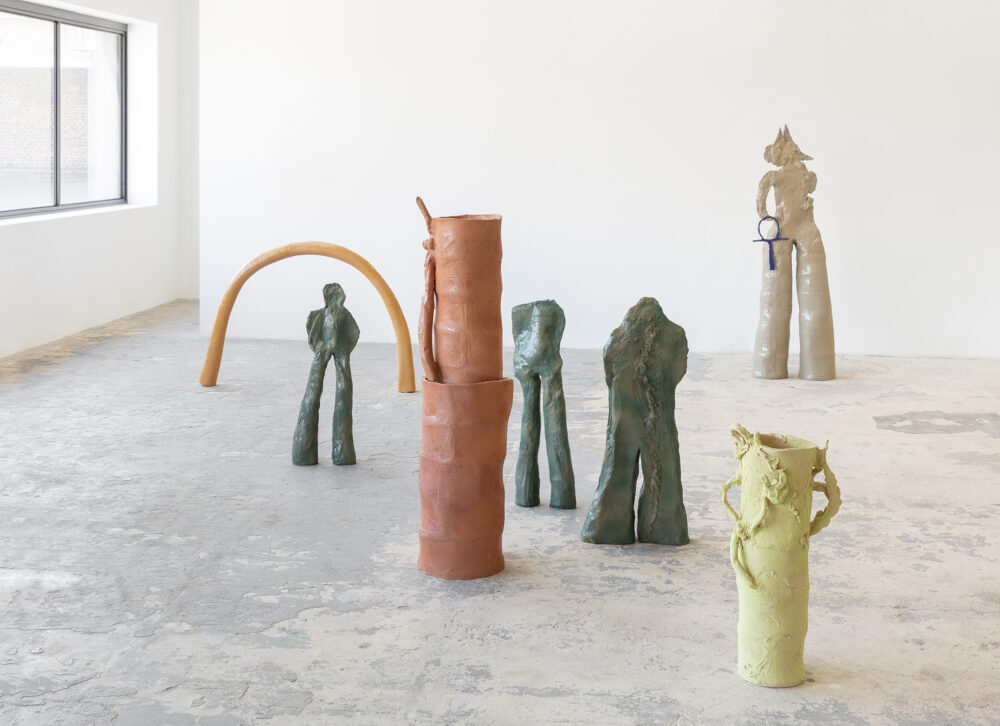
Lalla Essaydi (Morocco) (Instagram): Essaydi’s mesmerizing photographs explore themes of femininity, identity, and the complexities of cultural expectations. Born in Casablanca, Essaydi’s work often features women adorned in elaborate costumes and makeup, their faces obscured or gazing directly at the viewer. Through her captivating imagery, Essaydi challenges stereotypes about Arab women and raises questions about the role of tradition in contemporary society. Essaydi’s photographs have been exhibited at prestigious institutions worldwide, and she is a leading figure in contemporary Moroccan art.
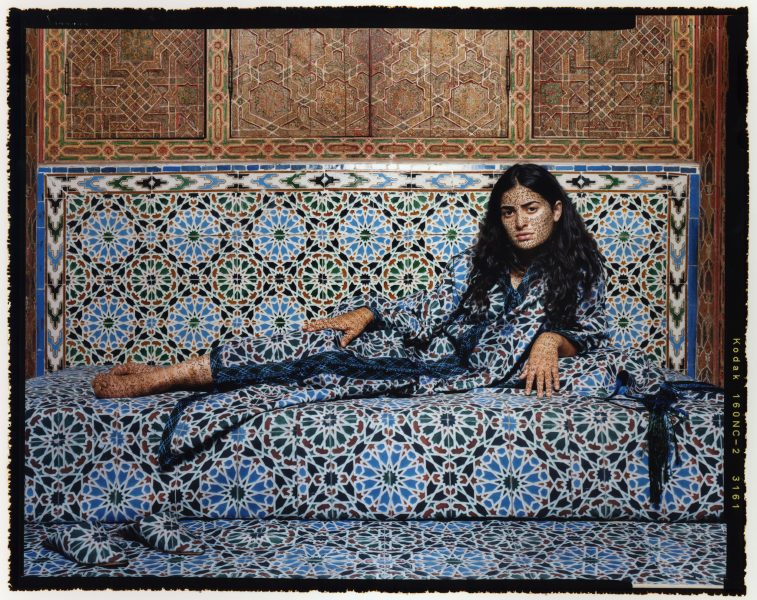
Samia Halaby (Palestinian-American) (Instagram): A pioneer of abstract painting and a leading scholar of Palestinian art, Halaby’s work explores the complexities of identity and displacement. Born in Jerusalem, Halaby’s artistic career began in the late 1950s. Her abstract paintings are known for their vibrant colours and dynamic compositions, often reflecting her Palestinian heritage. Halaby is also a respected scholar who has written extensively on Arab art and has played a crucial role in promoting Palestinian art on a global stage.
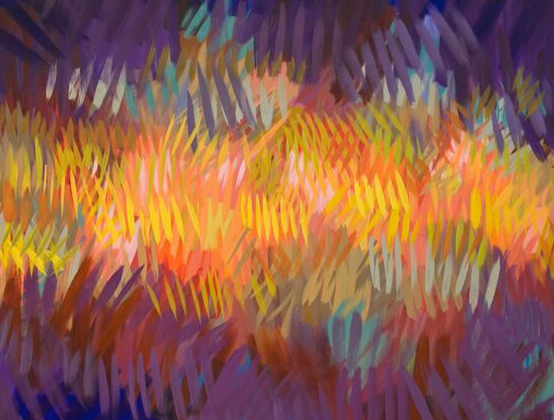
These are just a taste of the incredible talent emerging from the Arab world. From breathtaking installations to thought-provoking photography, female artists are pushing boundaries and redefining the artistic landscape. So, the next time you’re browsing a gallery or museum, keep your eyes peeled. The future of Arab art is undeniably female, and it’s a movement you won’t want to miss.
For more stories of art and culture, visit our dedicated archives.
